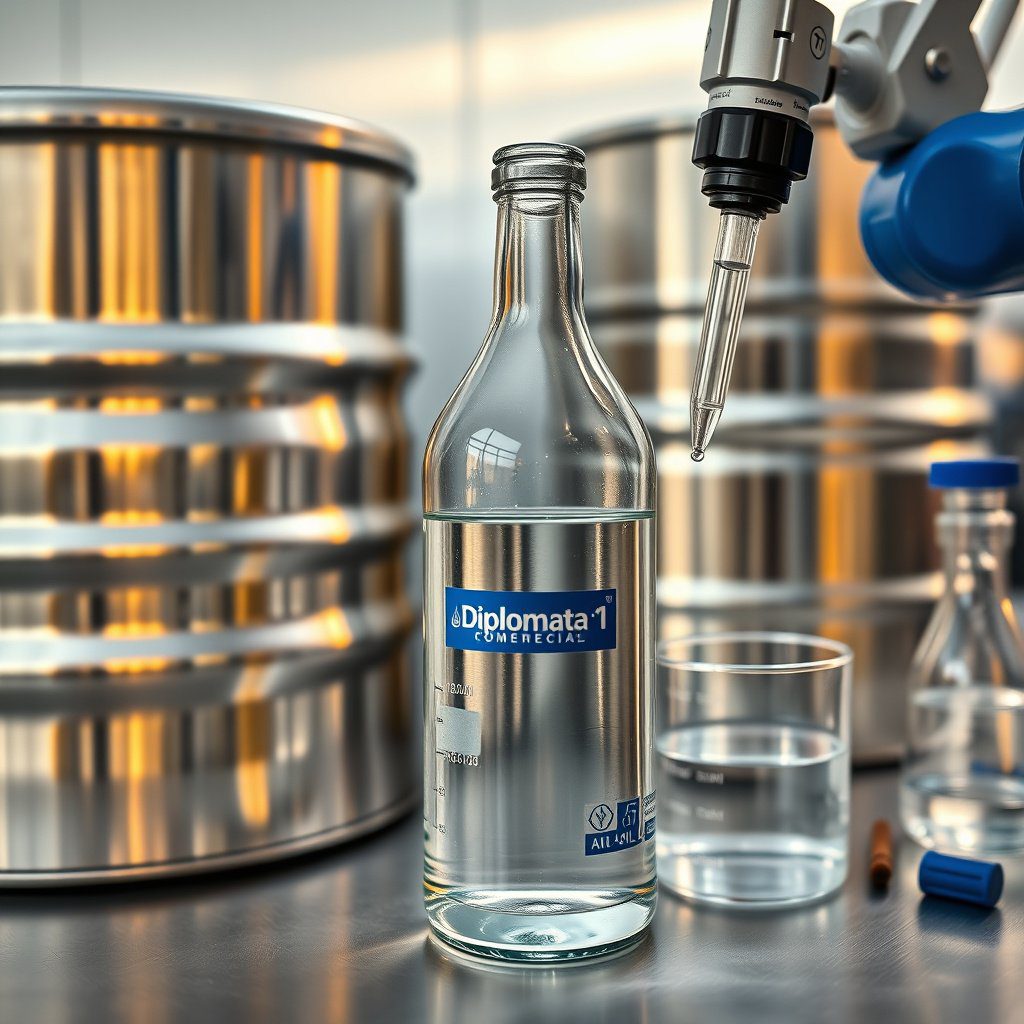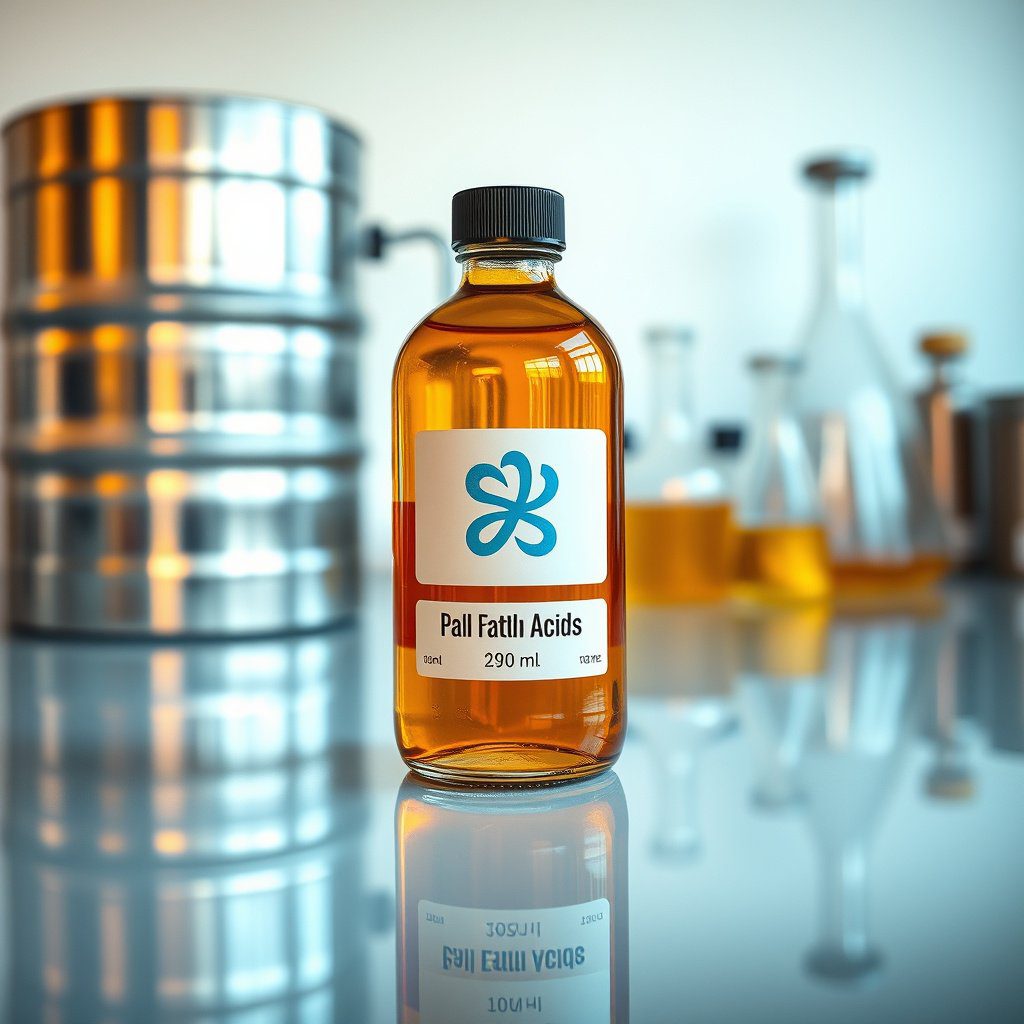Definition of Amine Production Facilities
Amine production facilities are specialized industrial plants designed for the synthesis and processing of amines, which are organic compounds derived from ammonia. These facilities play a pivotal role in the chemical industry, particularly in the manufacturing of various amines such as monoethanolamine (MEA), diethanolamine (DEA), and triethanolamine (TEA). Each type of amine has distinct properties and applications, making the role of these production facilities crucial in meeting market demands.
Types of Amines Produced
In the realm of amine production, facilities typically focus on creating three primary types of amines: monoethanolamine, diethanolamine, and triethanolamine. Monoethanolamine, commonly known for its use in producing detergents and emulsifiers, is often produced at concentrations of 85% and 99%. Diethanolamine, on the other hand, is widely utilized in personal care products and as a corrosion inhibitor, making its production in high purity desirable. Triethanolamine serves as a surfactant and emulsifier in various formulations, thus highlighting the necessity for precise production methods.
Importance of High Purity Levels
Achieving high purity levels in amine production is essential for several reasons. High-purity amines are required in sensitive applications, such as pharmaceuticals and agrochemicals, where impurities can adversely affect product efficacy and safety. Production facilities must implement rigorous quality control measures to ensure that the amines produced meet the stringent purity standards expected by end-users, particularly in markets such as the United States.
Process Overview of Amine Production
The production of amines typically involves a series of chemical reactions, most commonly the reaction of ammonia with alcohols. This process requires precise control of temperature, pressure, and reaction time to optimize yield and purity. Facilities often utilize advanced technologies such as continuous flow reactors and multi-step synthesis processes to enhance efficiency and minimize waste. Additionally, the integration of automation and real-time monitoring systems is becoming increasingly prevalent in modern amine production facilities.
Safety and Environmental Considerations
Safety is a paramount concern in amine production facilities due to the potential hazards associated with handling ammonia and organic solvents. Facilities must adhere to strict safety protocols, including the use of personal protective equipment (PPE), explosion-proof equipment, and comprehensive training for personnel. Moreover, environmental regulations necessitate the implementation of waste management practices to minimize the ecological impact of amine production, ensuring that emissions and byproducts are managed responsibly.
Global Supply Chain for Amines
The global supply chain for amines is complex and involves various stakeholders, including raw material suppliers, manufacturers, and distributors. Amine production facilities must maintain strong relationships with suppliers of ammonia and alcohols to ensure a consistent and reliable feedstock supply. Furthermore, understanding the logistics of exporting high-purity amines, especially to significant markets like the U.S., is critical for meeting customer demands and maintaining competitive advantage.
Technological Innovations in Amine Production
Technological advancements are continuously shaping the landscape of amine production. Innovations such as green chemistry principles, which focus on reducing the environmental impact of chemical processes, are gaining traction. Additionally, the development of more efficient catalysts and reaction pathways is allowing for the production of amines with reduced energy consumption and lower operational costs. Facilities that adopt these innovations can enhance their sustainability and profitability.
Market Trends in Amines
The market for amines is influenced by various factors, including demand in end-use industries such as agriculture, pharmaceuticals, and personal care. Recent trends indicate a rising preference for high-purity amines due to their superior performance in formulations. As a leading Brazilian supplier to the U.S. market, understanding these trends is vital for positioning amine production facilities to capitalize on emerging opportunities and meet evolving customer needs.
Regulatory Compliance in Amine Production
Compliance with local and international regulations is an essential aspect of operating amine production facilities. This includes adherence to safety standards, environmental regulations, and chemical handling protocols. Facilities must stay informed about changes in regulatory frameworks and ensure that their operations align with the latest requirements to mitigate legal risks and uphold their reputation in the industry.


